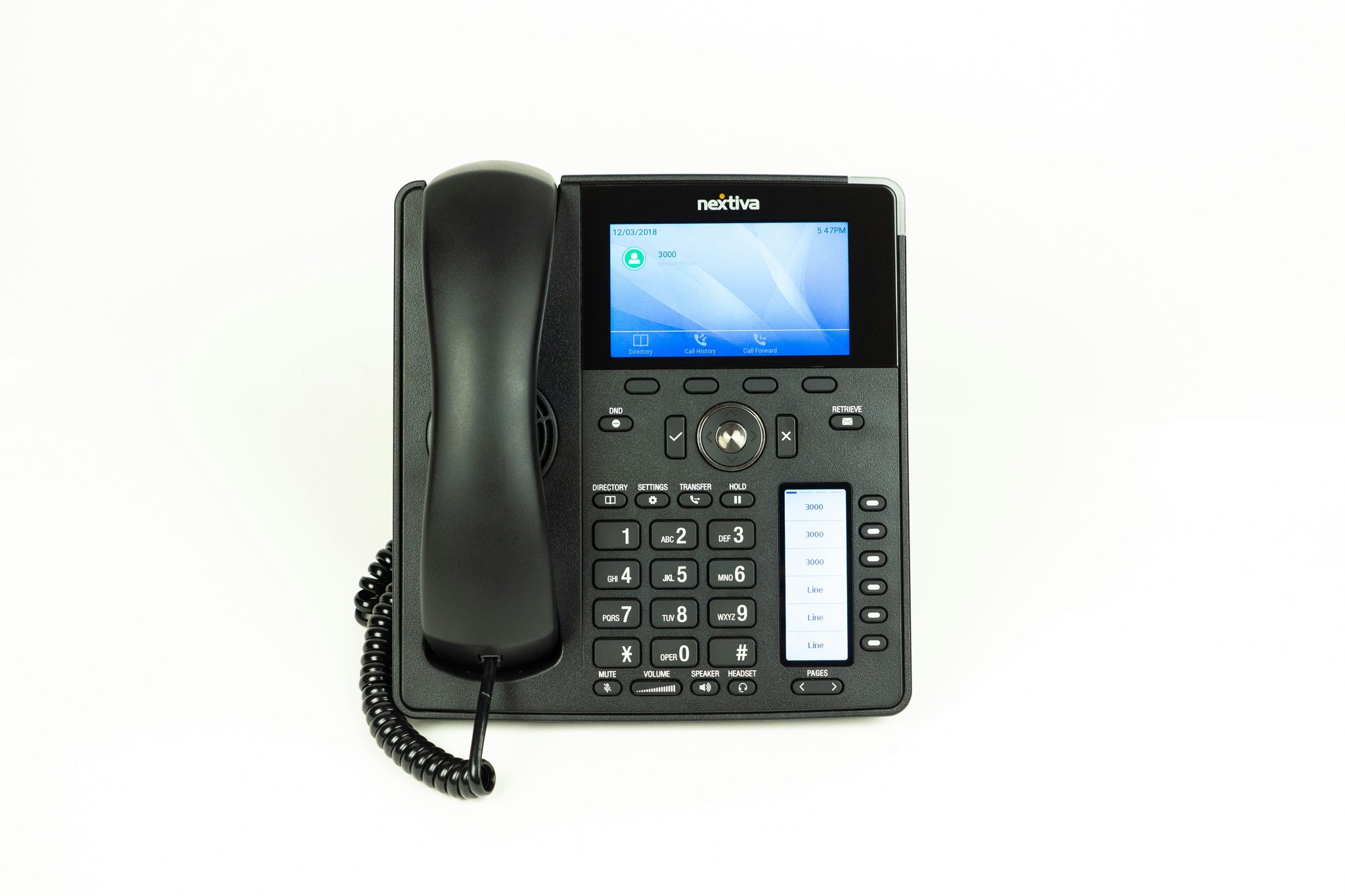Ever been on a business call where the audio sounded like your laptop fan during a 4K render—whirrrr? Yeah, us too. Poor call quality can tank productivity faster than you can say “dropped line.” And yet, many businesses overlook this critical detail when choosing their communication tools. So, how do we ensure crystal-clear conversations every time?
In this post, we’ll uncover why call quality metrics for business matter more than ever and walk you through understanding, measuring, and optimizing them. You’ll learn:
- The most important call quality metrics to track.
- Actionable steps to improve your business phone system.
- Best practices for maintaining top-tier call performance.
Table of Contents
- Key Takeaways
- Why Call Quality Matters for Your Business
- How to Measure and Improve Call Quality Metrics
- Top Tips for Boosting Call Performance
- Real-World Examples of Call Quality Wins
- Frequently Asked Questions About Call Quality Metrics
Key Takeaways
- MOS (Mean Opinion Score) and jitter are among the core metrics to monitor for evaluating call quality.
- Poor call quality costs businesses billions annually due to wasted time and lost efficiency.
- Regularly auditing your VoIP provider’s network health is key to sustaining high-quality calls.
Why Call Quality Matters for Your Business
“Optimist You:” *’A few hiccups here and there aren’t such a big deal!’*
“Grumpy You:” *’Ugh, fine—but only if coffee’s involved.’*
Here’s the brutal truth: bad call quality isn’t just an annoyance; it’s expensive. According to research, poor communication costs U.S. companies around $37 billion each year. That includes those dreaded moments when customers hang up frustrated or employees spend extra hours clarifying misheard details. It’s no wonder organizations are scrambling to refine their approach to business phone features.
I once ran a remote team meeting where the connection was so choppy that attendees thought I said “banana spreadsheet” instead of “balance sheet.” True story. Sensory overshares aside, the lesson here is simple: without robust tracking of call quality metrics for business, small issues spiral into costly disasters.

How to Measure and Improve Call Quality Metrics
Step 1: Understanding the Key Metrics
To fix something, you first need to measure it. Let’s dive into the essential call quality metrics for business:
- MOS (Mean Opinion Score): Ranks voice clarity from 1 (terrible) to 5 (perfect).
- Jitter: Measures variation in packet arrival times. High jitter = stuttering audio.
- Latency: Delay between speaking and hearing. Anything over 150ms feels off.
- Packet Loss: When pieces of data go missing mid-transmission. Even 2% loss disrupts conversation flow.
Step 2: Auditing Your Phone System
This part might feel dry, but trust me—it’s worth it. Here’s how to audit:
- Check your current stats via analytics dashboards provided by your VoIP vendor.
- Test different devices and locations to identify potential weak links (Wi-Fi dead zones, outdated hardware).
- Engage with your IT department or service provider to explore upgrades based on findings.
Top Tips for Boosting Call Performance
Here’s some actionable advice:
- Upgrade routers and switches to prioritize VoIP traffic using QoS (Quality of Service).
- Invest in noise-canceling headsets—trust me, they’re game-changers.
- Use wired connections over Wi-Fi whenever possible (yeah, I know—lame, but true).
- Rant Section Alert! For the love of good bandwidth, stop using budget ISPs that throttle upload speeds like it’s their job!

Real-World Examples of Call Quality Wins
Let’s look at SuccessCorp Inc., a mid-sized e-commerce company plagued by customer complaints about dropped calls. After implementing advanced QoS settings and switching to a premium VoIP provider, they saw:
- A 40% drop in repeat support tickets.
- An increase in sales conversions attributed to smoother client interactions.
And guess what? They didn’t even need magic crystals—they just followed the playbook laid out above.

Frequently Asked Questions About Call Quality Metrics
What Is a Good MOS Score?
Aim for anything above 4.0. Scores below 3.5 typically indicate noticeable issues.
How Do You Reduce Jitter?
Enable jitter buffers within your router settings and maintain consistent broadband quality.
Can Budget Devices Affect Call Quality?
Absolutely! Cheap microphones or speakers often fail to filter background noise effectively.
Conclusion
Tracking call quality metrics for business isn’t glamorous, but it’s vital if you want seamless communication and happier clients. With these strategies under your belt, you’re ready to crush choppy audio and boost workplace efficiency.
Remember, this journey takes patience and regular maintenance. Like a Tamagotchi, your SEO-friendly blog post—and your optimized phone system—needs daily care.
Silence in the air,
Voices connect, clearer now.
Business blooms anew.


